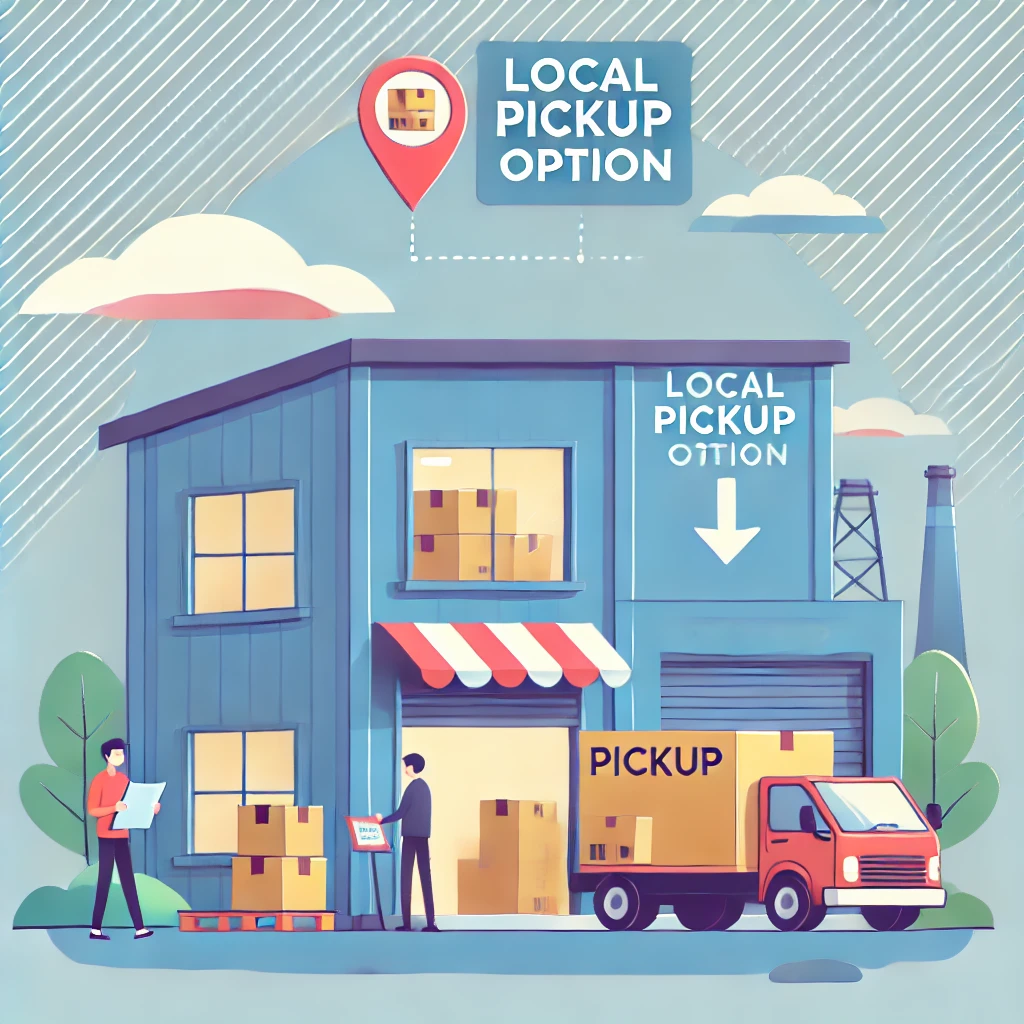The Art of Converting Markup to Margin

Understanding Markup and Margin
Before we dive into conversion, let’s clearly define markup and margin:
- Markup is the amount added to the cost of a product to determine its selling price, typically expressed as a percentage of the cost.
- Margin is the profit expressed as a percentage of the selling price.
While both relate to profit, they’re calculated differently and serve different purposes in pricing strategy.
Why Convert Markup to Margin?
Converting markup to margin is crucial for several reasons:
- Accurate Profit Calculation: Margin gives a clearer picture of profitability as a percentage of sales.
- Industry Standard: Many industries use margin for financial reporting and analysis.
- Pricing Strategy: Understanding both allows for more flexible and competitive pricing.
- Financial Planning: Margin is often used in budgeting and forecasting.
- Performance Comparison: Margin allows easier comparison across different products or businesses.
.

The Basic Conversion Formula
To convert markup to margin, use this formula:
Copy
Margin % = [Markup % / (100% + Markup %)] x 100
For example, if your markup is 25%:
Copy
Margin % = [25 / (100 + 25)] x 100 = 20%
Step-by-Step Conversion Process
- Identify the Markup Percentage: Determine the markup percentage you’re working with.
- Apply the Formula: Use the conversion formula mentioned above.
- Calculate: Perform the math to get your margin percentage.
- Verify: Double-check your calculation to ensure accuracy.
Common Conversion Scenarios
- Retail Pricing: Converting a 50% markup to margin.
- Calculation: [50 / (100 + 50)] x 100 = 33.33% margin
- Luxury Goods: Converting a 100% markup to margin.
- Calculation: [100 / (100 + 100)] x 100 = 50% margin
- Low-Margin Products: Converting a 10% markup to margin.
- Calculation: [10 / (100 + 10)] x 100 = 9.09% margin
Challenges in Manual Conversion
While the formula is straightforward, manual conversion can present challenges:
- Time-Consuming: Performing calculations for multiple products can be tedious.
- Error-Prone: Manual calculations increase the risk of mistakes.
- Inflexibility: It’s difficult to quickly adjust for changing costs or market conditions.
- Lack of Context: Manual calculations don’t provide broader market insights.

Elevating Conversion with Linbis Distribution Software
This is where modern technology comes into play. Linbis distribution software transforms the process of converting markup to margin, offering a dynamic, intelligent solution that overcomes the limitations of manual calculations.
Real-Time, Accurate Conversions
Linbis provides:
- Instantaneous conversion between markup and margin based on current costs.
- Automatic updates when underlying costs change, ensuring your pricing is always based on the most recent data.
- Handling of complex pricing scenarios, including variable costs and volume-based pricing.
Dynamic Pricing Insights
With Linbis, you can:
- Visualize how different markup percentages affect your margins across product lines.
- Conduct “what-if” scenarios to see how cost changes impact your margins.
- Set margin targets and let the software suggest appropriate markup percentages.
Competitive Analysis Integration
Linbis enhances your pricing strategy by:
- Incorporating competitor pricing data into your markup and margin calculations.
- Suggesting optimal markup percentages that balance profitability with market competitiveness.
- Alerting you when competitor actions might necessitate a review of your markup strategy.
Multi-Channel Pricing Support
In today’s omnichannel business environment, Linbis helps by:
- Automatically adjusting markup to margin conversions for different sales channels, accounting for channel-specific costs.
- Ensuring consistent profitability across all channels while allowing for channel-specific pricing strategies.
- Providing a unified view of your markup and margin performance across all channels.
Elevating Conversion with Linbis Distribution Software
Historical Data Analysis and Forecasting
Linbis leverages your historical data to:
- Analyze the performance of different markup strategies over time.
- Identify seasonal trends that might affect optimal markup percentages.
- Forecast future pricing trends to help you stay ahead of the market.
Automated Alerts and Recommendations
Say goodbye to manual monitoring. Linbis offers:
- Automated alerts when margins fall below specified thresholds.
- AI-driven recommendations for markup adjustments to maintain target margins.
- Proactive suggestions for pricing optimizations based on market trends and internal data.
Integration with Other Business Systems
Linbis doesn’t operate in isolation. It integrates with your:
- Inventory management system to reflect real-time costs and stock levels in your markup calculations.
- CRM to incorporate customer segmentation into your pricing strategies.
- ERP system for a holistic view of how your markup and margin strategies affect overall business performance.
Customizable Reporting and Dashboards
Linbis offers:
- Customizable dashboards that display key markup and margin metrics alongside other crucial business KPIs.
- Automated generation of markup to margin reports for different stakeholders.
- Visual representations of markup to margin relationships for easy understanding and decision-making.
Real-World Applications of Advanced Markup to Margin Conversion
Let’s explore how businesses can leverage Linbis’s advanced capabilities:
- Retail Price Optimization: A multi-brand retailer uses Linbis to dynamically adjust markups across different product categories. The software automatically converts these to margins, ensuring that each category meets profitability targets while remaining competitive.
- Wholesale Distribution: A wholesale distributor utilizes Linbis to manage complex pricing tiers for different customer segments. The software seamlessly converts between markup and margin, allowing the distributor to offer competitive prices to high-volume customers while maintaining healthy margins.
- Manufacturing: A manufacturer uses Linbis to navigate fluctuating raw material costs. The software dynamically adjusts markup percentages to maintain target margins, even as input costs change.
- E-commerce: An online retailer leverages Linbis to manage pricing across multiple marketplaces. The software automatically adjusts markups to account for different marketplace fees, ensuring consistent margins across all platforms.

Implementing Advanced Markup to Margin Conversion in Your Business
To make the most of Linbis’s advanced markup to margin conversion capabilities:
- Establish Clear Margin Targets: Define your target margins for different product categories or business units.
- Leverage Data Integration: Ensure Linbis is integrated with your other business systems for accurate, real-time data.
- Train Your Team: Provide comprehensive training on how to use and interpret Linbis’s markup to margin conversion features.
- Start with Key Products: Begin by focusing on your most important or challenging products, then expand to your full catalog.
- Regular Review: Set up periodic reviews of your markup and margin performance using Linbis’s reporting features.
- Embrace Dynamic Pricing: Use Linbis’s real-time conversion capabilities to implement more dynamic pricing strategies.
- Monitor Competitive Landscape: Regularly update competitor pricing information in Linbis to ensure your markup strategy remains competitive.
Conclusion: Mastering Markup to Margin Conversion for Business Success
In today’s fast-paced and competitive business environment, the ability to quickly and accurately convert between markup and margin is more than just a useful skill—it’s a critical component of a successful pricing strategy.
Linbis distribution software represents the cutting edge of this crucial business process, offering businesses of all sizes the ability to:
- Convert between markup and margin dynamically, considering all relevant factors.
- Make data-driven pricing decisions quickly and confidently.
- Stay agile in the face of changing costs, demand, and competitive landscapes.
- Optimize profitability across products, channels, and market segments.
By embracing these advanced pricing tools, businesses can transform their approach to markup and margin from a static, reactive process to a dynamic, proactive strategy. In doing so, they position themselves to not just compete, but to lead in their markets, driving profitability and growth through intelligent, data-driven pricing decisions.
As you consider the future of your business’s pricing strategy, ask yourself: Are you still relying on manual calculations and gut feelings, or are you ready to embrace the power of dynamic, intelligent markup to margin conversion? With solutions like Linbis, the path to more profitable, competitive pricing has never been clearer or more accessible.
Remember, in the world of business, pricing is both an art and a science. By mastering the conversion between markup and margin, and leveraging powerful tools like Linbis, you’re equipping your business with the brush and the palette to create a masterpiece of profitability.
